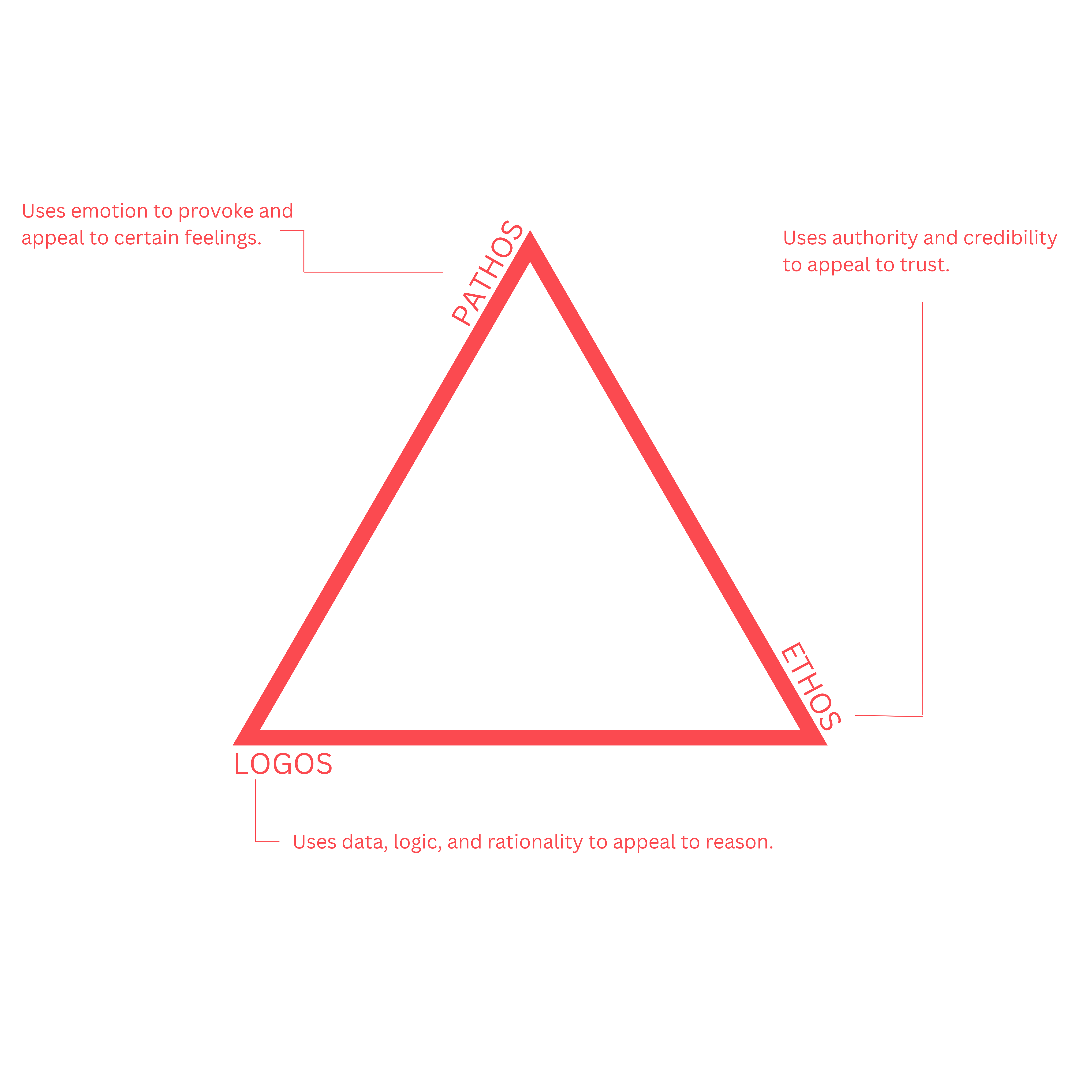Storytelling was our first form of human interaction.
From the earliest cuneiform scripts to the most current programming languages, we’ve been coding our expressions through words from the beginning. Storytelling is more than just putting words together. It’s putting words together for the propulsion of meaning. We are experiencing it, feeling it, connecting, and forming memories with it.
There are at least two people involved in storytelling, the teller and the listener. The giver and the taker. The business and the consumer. As content marketing serves to fulfill a business objective, it uses storytelling to build your brand, make sales easier, and grow your customer base. Content that teaches, touches, or gains your reader’s trust is content that converts.
But such content requires high involvement from the creator to take the reader on a journey that will ultimately end in a sale. It’s not as simple as writing clickbait or listicles. To have your audience connect, you need to make them feel strongly about something.
Such content is the sum of intentional, psychologically-charged language and verbal queues that drive the consumer to act, react, or respond in a certain way. And this is what we call rhetoric.
Rhetoric is speaking, communicating, and writing in a way that aligns with achieving certain goals. It’s the weaponization of the words we say, and how we say them, that make them tools of persuasion.
The Rhetorical Trinity
The intention of words, their presentation, and their reception are the key variables that turn ideas into a product, which then turns into profit. This is both an art and a science. Its art lies in its relativity: the right words are relative to its listener, the target audience. The science lies in the data of effective communication’s calculated, psychological aim.
There are three components that give what we say purpose and we choose each one depending on what we’re trying to achieve:

1. Pathos – Uses emotion to provoke and appeal to certain feelings.
It arouses feelings that blur the lines between want and need to push buyers closer to a sale. Evoking emotions that empathize with certain concerns within the buyer causes a deeper sense of relevancy. When matters of the heart seem hard to justify, pathos goes beyond logic to resonate with buyers’ passions. Important note: there are no bad emotions. And sometimes, negative emotions need to be felt to have a positive outcome.
2. Ethos – Uses authority and credibility to appeal to trust.
Building trust between you and your customer can not only cause an immediate sale but turn that initial sale into a long-term relationship. This is when you present your business’s strengths, credentials, and expertise to convince buyers your store is the superior place to shop based on quality and service. Being a trusted retailer or service provider is embedded in the knowledge and expertise you provide.
3. Logos – Uses data, logic, and rationality to appeal to reason.
Using data, analytics, and science as proof can easily and indisputably offer solutions to your consumer. When people make buying decisions, especially on necessities, they want things that just make sense. We showcase data-driven content and validated info to convince buyers that your products/services are better because when people see the right numbers, they’ll pay higher more for it.
And the difference between good content and great content is understanding that it’s never using just one of the three, but a combination of all of them. We don’t recognize that great content is usually an amalgam of all three, and we do the research and analysis to understand the best approach when aligning your business offer with your target market’s demands.
Great content almost always uses all three, but almost never has an equal ratio. We find and infuse the formula for your own golden ratio within your marketing strategy to make sure your audience remains intrigued, engaged, and relieved.
Sales, like storytelling, is personal, and it’s not any different online. Statistics show even in B2B markets, which lean more informative and data-dense, shoppers prefer buying more than just product value. Personal value has twice as much impact as business value while 68% of buyers who see a personal value pay a higher price. Sometimes, emotions matter more than logic and reason in B2B buying, and we’re able to determine when these stats deem true or false.
Storytelling will be our last form of human interaction. Regardless of how they’re told, stories are all we have as a society, but even more so digitally. It isn’t enough to communicate a message but to ensure that message is received by its intended audience. What you say, and more importantly how you say it, is what distinguishes a sale from a loss.


